B003YL4KS0 EBOK (22 page)
Authors: Lorraine Massey,Michele Bender

Poetry in Potions: Banana Karma (0:37)
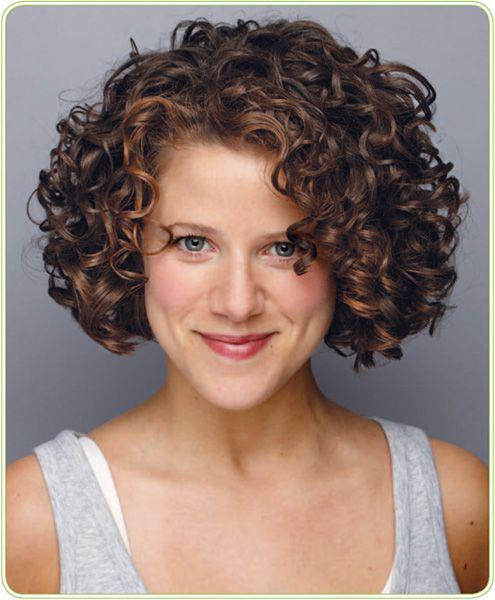
Most curly girls have stories about abuse at the hands of hairstylists. We’ve asked for a trim and ended up completely shorn and looking like a skinned poodle. We’ve had stylists wet down our hair, then cut straight across as though it’s straight, and the result is an unrecognizable spring-back of uneven, frizzy, angry curls. My clients have recounted tales of bad haircuts that were more traumatic than illnesses or surgeries they’ve had. Often, it’s not only the constant bad cuts that scar the curly girl, but the emotional abuse, like having a stylist say, “What do you want me to do with
this
?”
A stylist must approach each head and each curl as a separate entity with a life of its own.
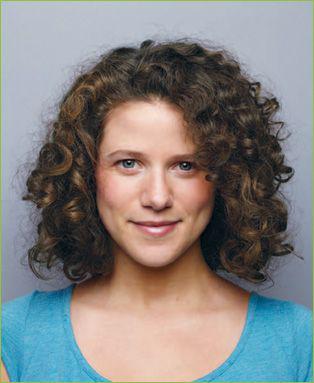
Before, and after, above
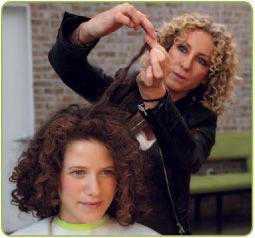
Make sure your hairdresser examines your curls.
I’ve gone home in tears after a haircut, so when a nervous client sits down in front of me for the first time, I can anticipate her fears. I understand her history so thoroughly, she might think I’ve been spying on her. (Whatever our backgrounds, curly girls share a universal past about our curls.) I begin by telling her that I’m going to give her a haircut that’s just for her. Every curly person’s hair is different—in the tightness of curls, how randomly the curls are distributed, and how they naturally frame the face. So you’ll never find the right cut in one of those books of sample styles some salons pass around as if you’re ordering from a Chinese menu. There is not a
style
for curly heads. I can’t hand you a picture and say that’s how you’re going to look, unless it’s a picture of you.
You’ve been blessed with hair that has a mind and life of its own. Every strand reacts differently to scissors. The stylist has to approach each curly girl individually, regarding her hair’s texture, degrees of curliness, and how one curl relates to others around it. The most essential part of a curly haircut is to cut it when the hair is dry. In fact, cutting hair dry, whether it’s naturally curly or naturally straight, makes lots of sense because that’s how we wear our hair. And it’s the
only
way to cut curly hair. Why?
Wet curls and dry curls are like Dr. Jekyll and Mr. Hyde. Moistened locks will actually fall into a different place than they will when they’re dry. Curly hair may be halfway down your back when wet, only to spring up as much as 6 to 10 inches when it’s dry. Imagine cutting fabric for a couture dress. You wouldn’t wet the fabric and then cut it. It would expand when wet, and the dress would shrink when it dried. Hair is a fiber, too, as delicate as chiffon. Also, there are often several types of curls on one head and you can’t see this variety when the hair is wet.
With each new client, I begin by examining her hair carefully. I pay attention to every movement, every contour, every characteristic. Is the hair frizzy? Dry? Stiff or crispy from too much gel or other product? Has it been
straightened and dried out by blow-frying? Is the curl on the left side of the face tighter than the curl on the right side? I listen to the client, but I also allow the hair itself to guide me. I lightly spritz the hair with lavender spray and scrunch it gently so that I can figure out the client’s type of curl. Sometimes, if the hair has been injured from years of blow-frying, it needs a thorough wetting, so I have the client’s hair cleansed with conditioner, scrunched, and dried under a hood dryer or with a special curly hair diffuser. Only then do I begin the actual cutting.
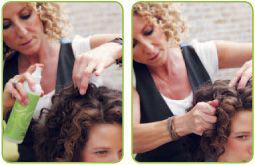
Cutting curly hair is about what you leave, not what you snip off. Imagine each strand of hair lying in its rightful place as if it were a branch on a tree. I don’t want to change it or manipulate it, just respond to it as it is. I look at each curl as a separate entity, noting any frayed ends.
What’s your hair’s natural length? It’s that point when your curls flatter your face and fall gracefully. Some people need to grow out their curls to shoulder length before the natural pattern of their curl emerges. Others have curls that can be cut shorter. I ask the client what length she’s happiest with and try to accommodate her preference. In general, it’s better for the curly girl to leave her hair too long than too short. Any dramatic change requires a major consultation with the client first. We can always take more off, but we can’t put it back on!
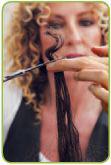
Trimming in the middle of a C curve.
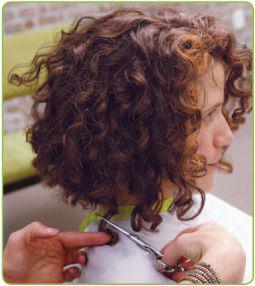
I decide on the amount that needs to be trimmed, then I cut at the beginning of each C of a curl to maintain its shape and avoid any dramatic spring-back. Think of a natural curl as an S shape. S’s are consecutive C’s reversed and sitting on top of each other. While I’m cutting, I stop and gently shake the curls from the root to see where they lie on top of each other and how they’re going to fall when they’re in motion—another factor you can’t possibly see or predict when hair is wet.

S’s are consecutive C’s reversed and sitting on top of each other. I cut at the beginning of each C.
After the initial haircut, most curly cuts are about mane-tenance. Basically, I trim just the ends to oxygenize the hair, so they can take in and absorb more oxygen and water. If you are trying to grow your hair long or grow out relaxed hair, get frequent trims (see
page 99
).
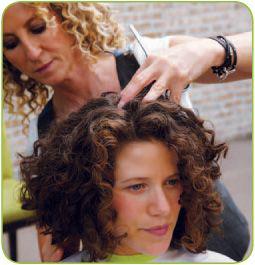
CURL YOUR ENTHUSIASMSome of us are programmed to think it’s time for a cut just because a specific period of time has passed. When that time comes, I suggest waiting a week before you make an appointment. Our curls can go through phases and act up for a few days, only to find their way again. If you want your hair to grow longer and have too frequent trims, you are in “yo-yo mode” because you are cutting your hair off before giving it a chance to grow. Instead, remember what your hair looked like six weeks before. Do you want to go forward or backward?
